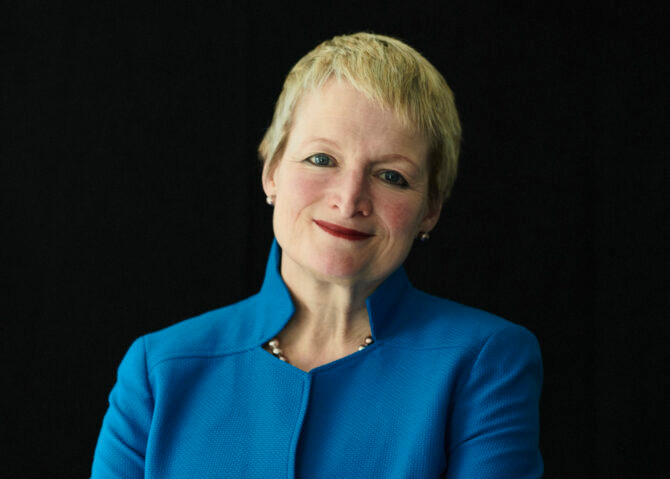An old climate problem shows that global action is possible.
Fall was full. Conferences, meetings, and gatherings of all kinds peppered my calendar. While the locations were diverse, the conversations held a common thread: the specter of the climate crisis. We are seemingly past denial, yet the world remains unsure how to act. Who makes sacrifices? And who pays the check? Climate is an enduring and daunting challenge. Yet it is in this complex arena that a global exemplar of problem-solving can be found.
The international response to the hole in the ozone layer – remember that? – reveals how to mobilize people to avert a future disaster. It shows that it is possible to overcome thorny problems, but doing so requires a special set of key ingredients.
Such solutions are typically born from a common formula:
- A compelling early warning (from a believable, clear, leading indicator)
- Credible messengers (who tell a compelling story)
- A clearly responsible villain (who is simple to understand)
- An unambiguous call to action (to disarm the villain)
- Widespread agreement (among a critical mass of people that the response is worthwhile).
Compelling early warning
The Earth’s ozone layer absorbs ultraviolet light. UV light damages DNA in plants and animals, and can cause skin cancer in humans. In the late 1970s, scientists concluded that it was thinning dramatically over the South Pole. In a stroke of genius, they called it a ‘hole’ in the ozone layer. This isn’t technically precise, but is easy for laymen to understand. If you perceive the ozone layer as the Earth’s sunscreen, the idea of it developing a hole is disturbing.
Credible messengers
The credible messengers in the ozone-layer story included scientist Jonathan Shanklin, a meteorologist with the British Antarctic Survey. Shanklin was one of the first to sound the alarm. By 1984, the ozone layer over Antarctica’s Halley Research Station had lost one-third of its thickness.
A clearly responsible villain
Shanklin, following the work of scientists Mario Molina and F Sherwood Rowland, also helped to identify the villain – chlorofluorocarbons (CFCs). Molina and Rowland had argued since 1974 that CFCs were far more dangerous than commonly thought. Yet their early work failed to cause alarm and they were attacked by industry players who stood to gain from the chemicals’ continued use. By the late 1970s, CFCs were in everything from refrigerators to cleaning supplies.
Nonetheless, by 1985, the British Antarctic Survey confirmed a hole in the ozone layer and suggested a link to CFCs – vindicating the work of Molina and Rowland, who were eventually awarded the 1995 Nobel Prize in Chemistry.
An unambiguous call to action
The credibility and urgency of the threat turned out to have a galvanizing effect. In 1987, the Montreal Protocol was adopted, calling for the radical phasing out of the chemicals that were creating the problem. The treaty was a global effort. It specified clear commitments to end production of CFCs; established a fund to help less well-off countries meet their obligations; and enabled other forms of technical and financial assistance.
Widespread agreement
Since its adoption, the Montreal Protocol has been signed by every country on Earth – to date the only treaty to be universally ratified, reports the BBC. And, according to some research models, the protocol and its amendments have helped prevent up to two million cases of skin cancer yearly and millions of cataract cases worldwide.
Success is possible
And today? By the middle of the century scientists predict that the ozone layer will have returned to relative health, or at least to where it was before the 1980s.
Complex problems are daunting. But they are solvable, provided the formula is followed.




